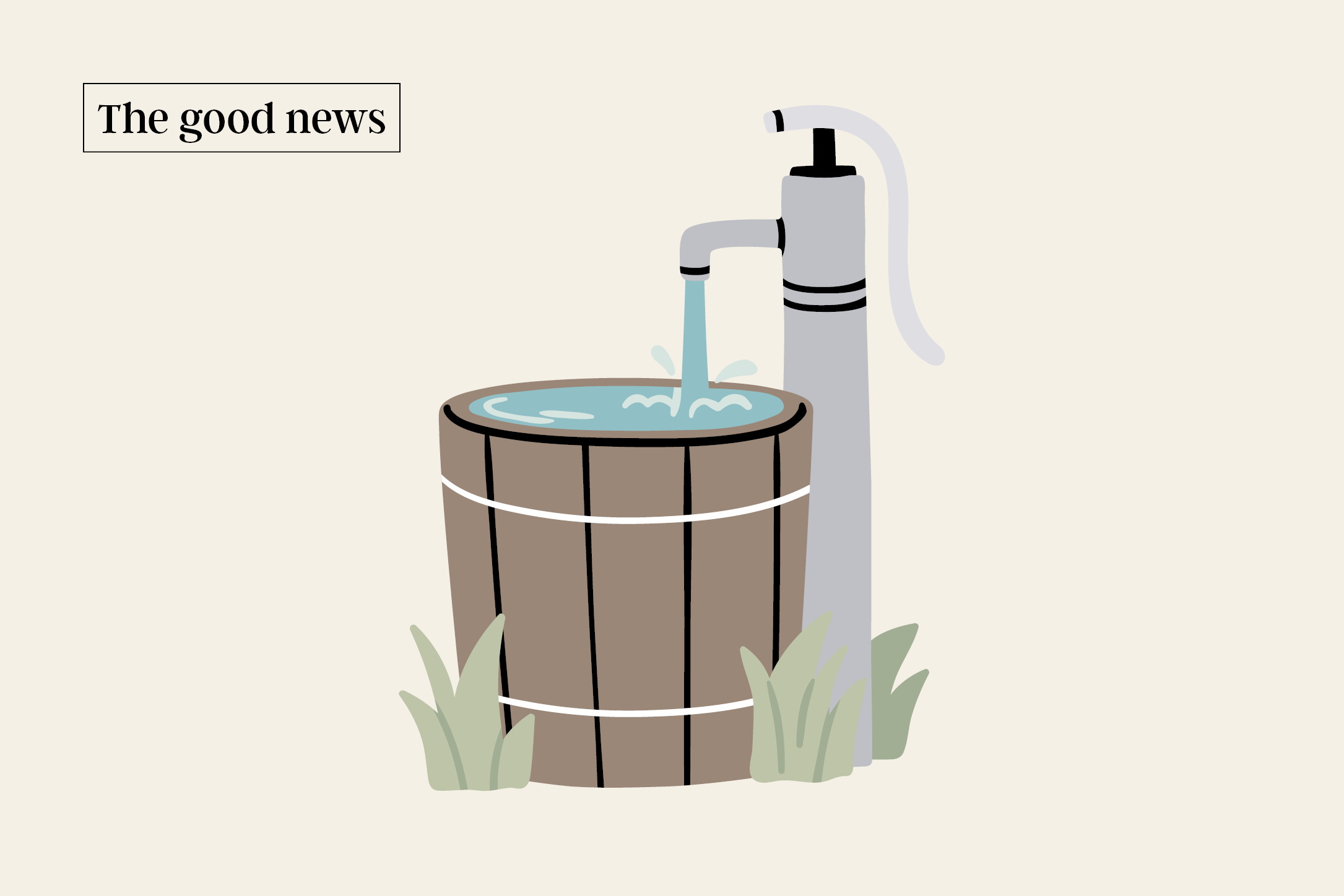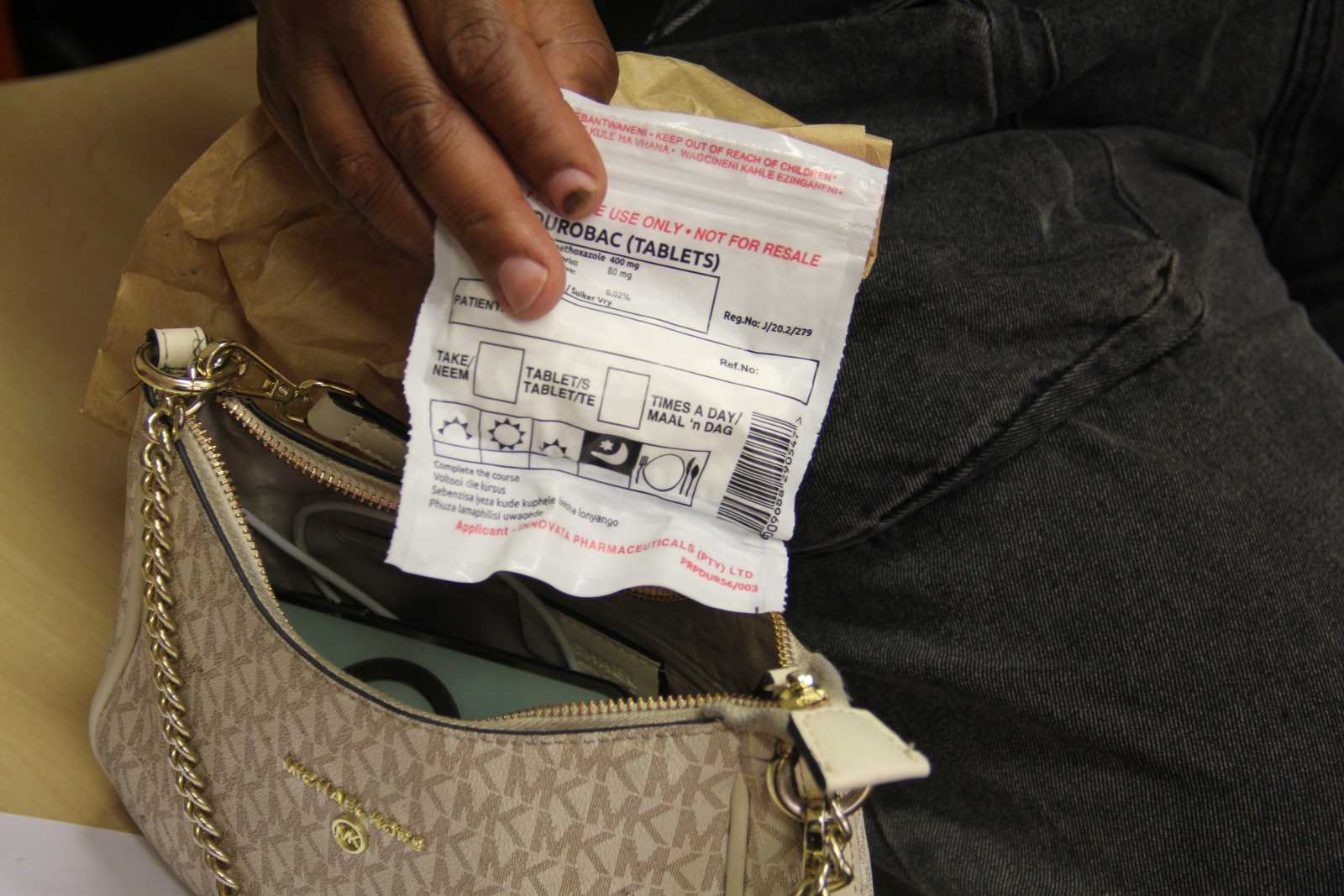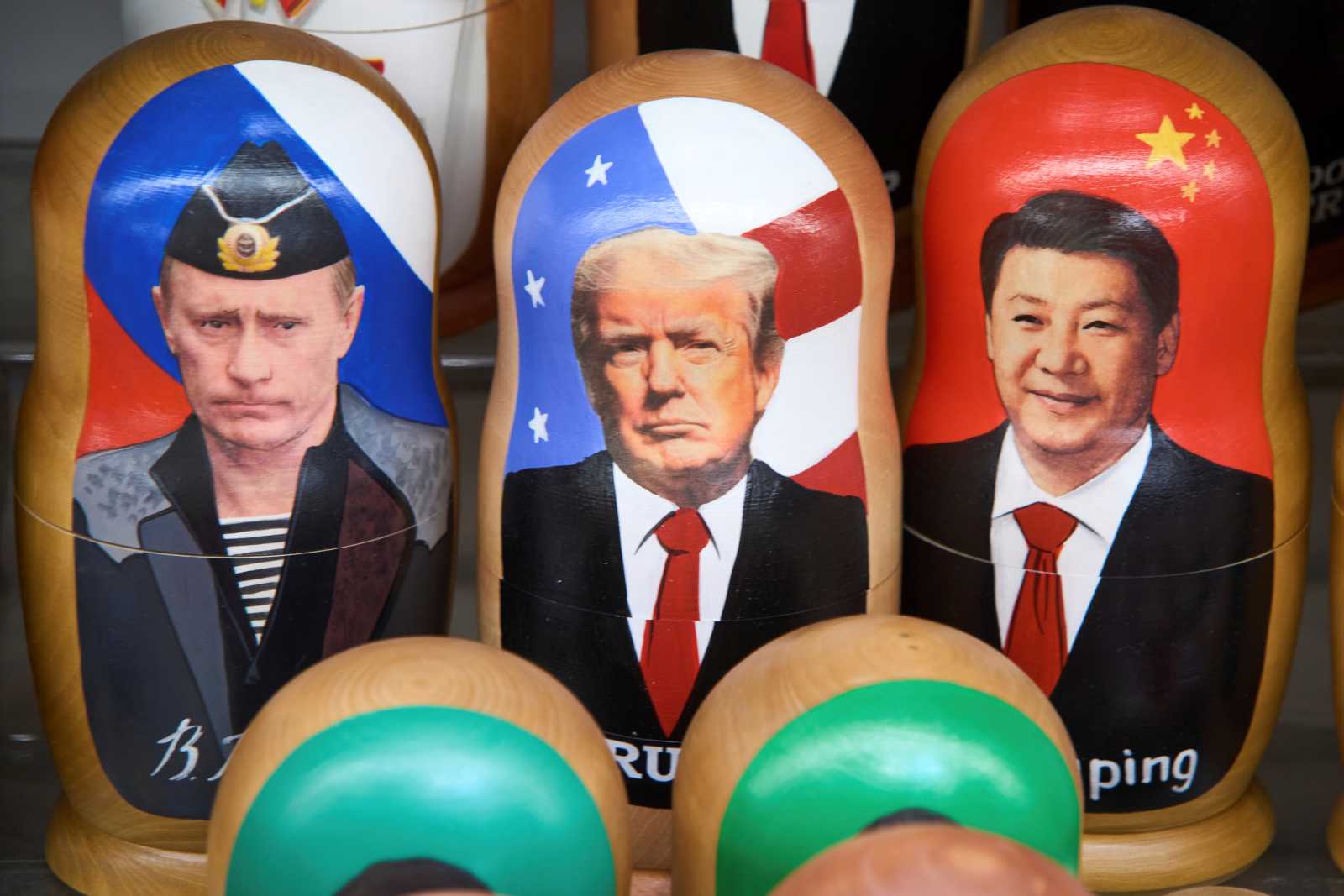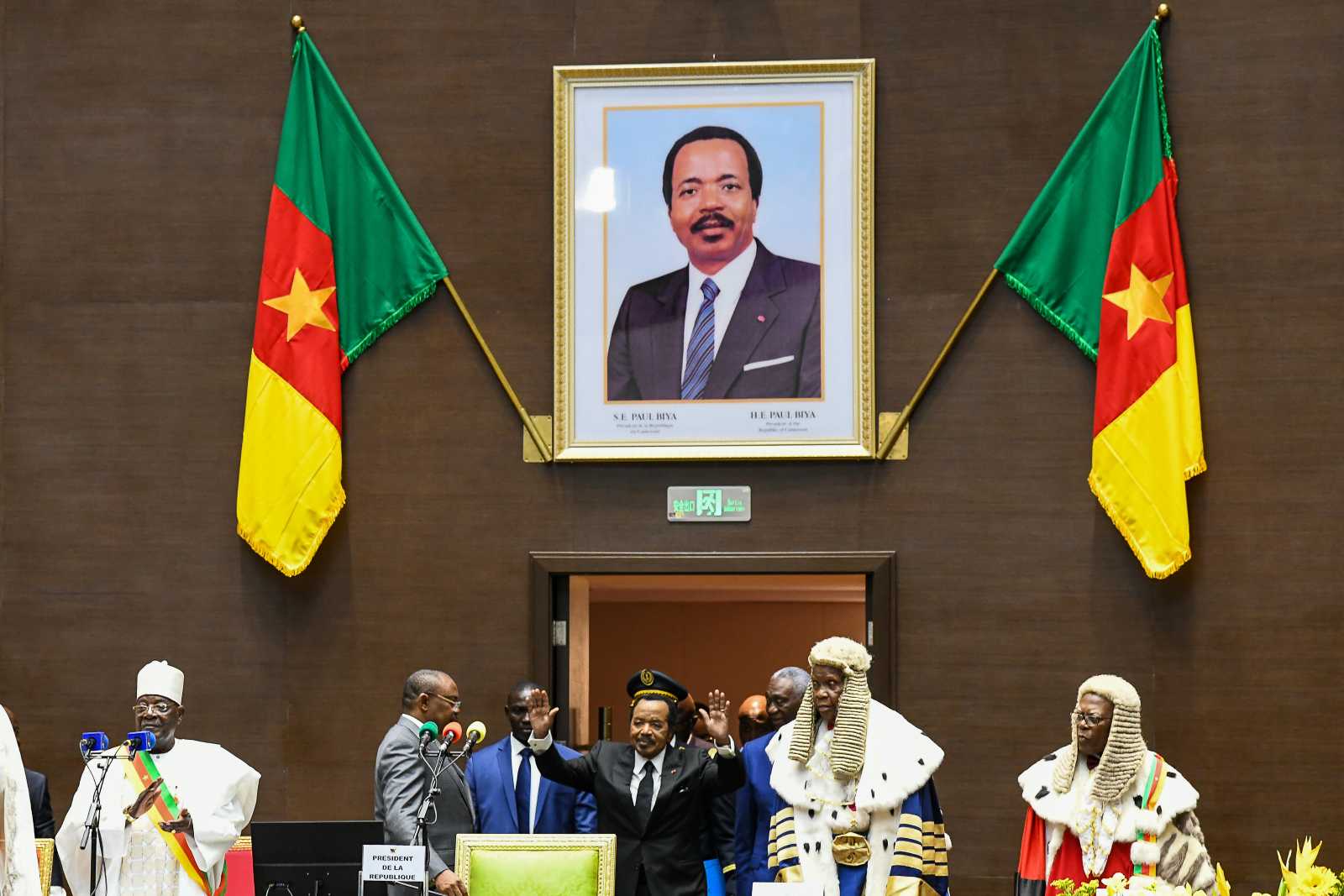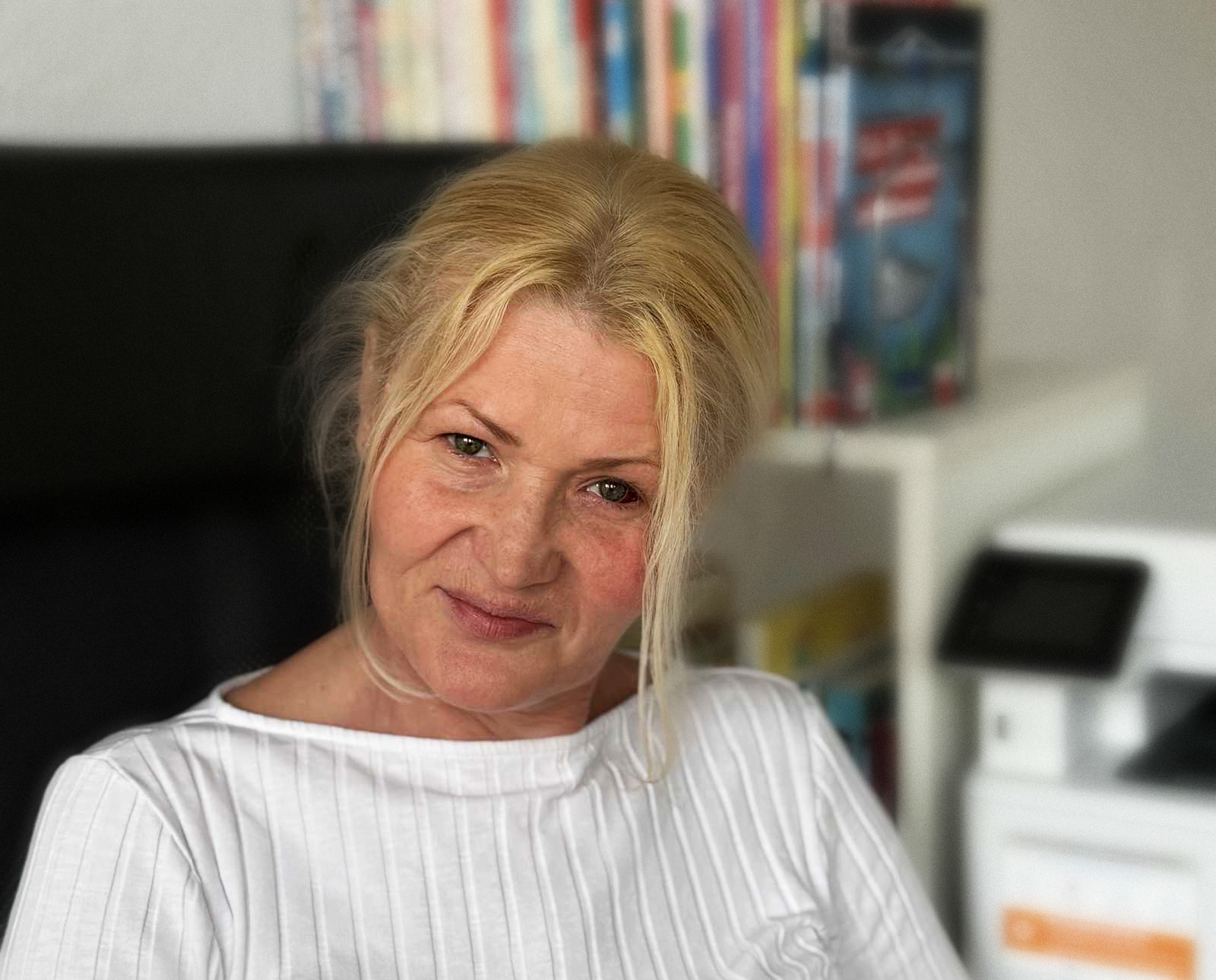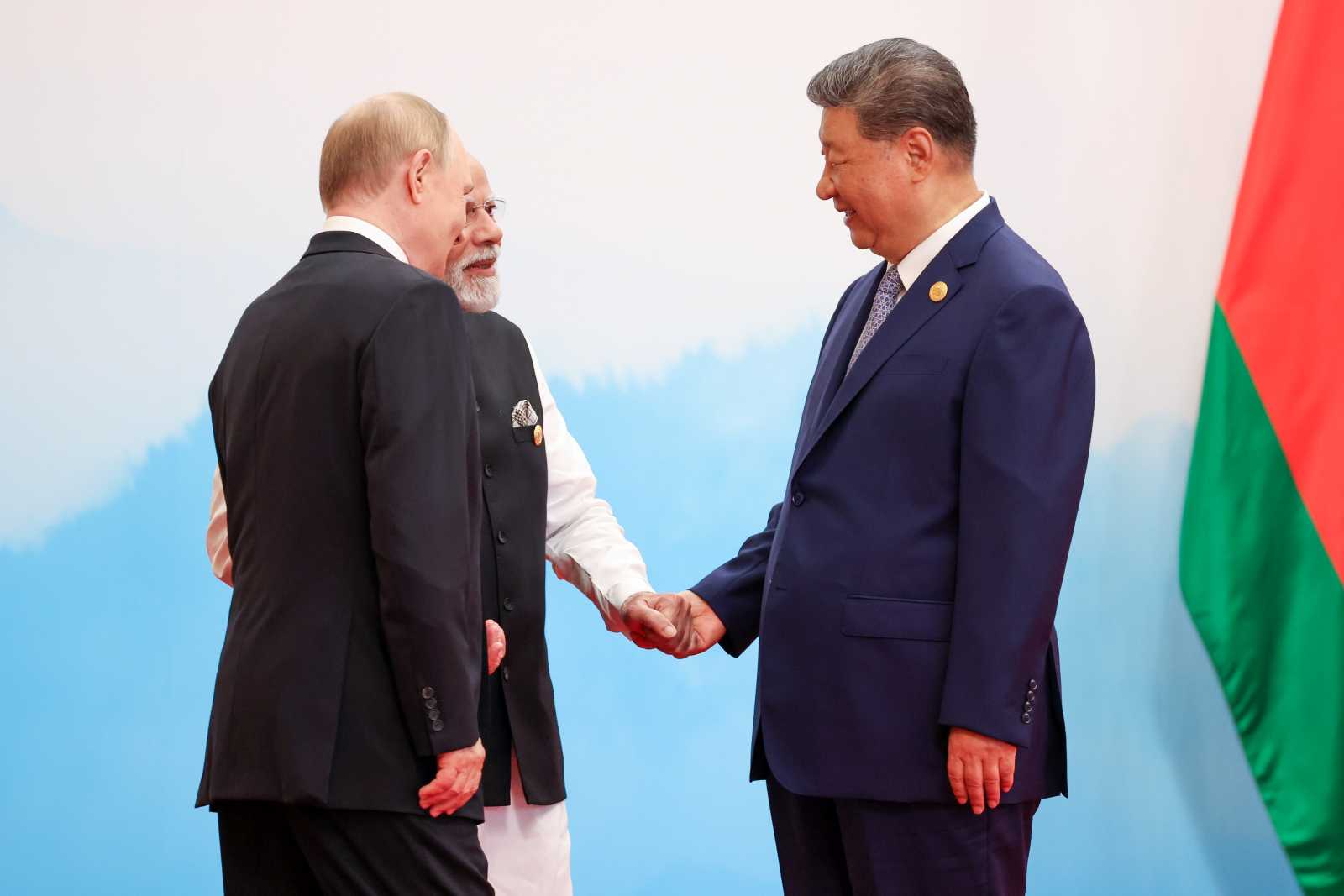Urban marginalisation
The favela reporter
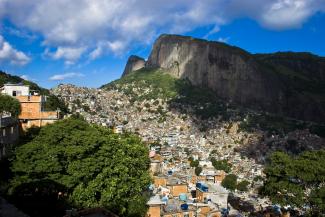
You live in Rocinha, Rio de Janeiro’s largest favela. With approximately 200,000 residents, it is a city within a city. As a reporter, how do you maintain an overview of events there?
I keep my phone next to my bed and update a few things as soon as I wake up. Then I walk through the favela, go to school and continue working after school until midnight. I spend more time on the street than at home. I walk down streets and alleyways, and whenever I notice something interesting, I take a picture and immediately publish it on my online portal, "Viva Rocinha". I use Twitter too, and even more often Facebook. I’ve already accumulated 15,000 Likes there.
Why does a slum need an online magazine?
I’m trying to democratise the flow of information. Many people here have no access to printed information. They don’t read a newspaper. That’s why the internet is an important form of communication. Before "Viva Rocinha", our favela didn’t have a platform that was constantly updated. I started this project in November 2011 to address that deficit.
Is an internet platform better than a printed magazine?
Yes, it is. When I post a report online, everyone can read it immediately, which is much more efficient than a magazine. I reach the younger generation here, as well as older people. In fact, I think that the majority of my readers are older people – and they also comment more.
The government supposedly set up wireless internet networks in some favelas, including Rocinha, in order to give all residents free access to the internet ...
There is a state network called "Rocinha Digital". But it doesn’t work very well and nobody uses it. It only works in two areas. I have Internet at home and also surf the web on my mobile phone. When I’m out and about, I can use my phone to log in to open networks at many locations in the neighbourhood. That way I’m always online.
What do you write about?
I don’t want to report on drug trafficking and the police. I would rather talk about our wonderful residents and all the great projects that are going on. I focus on culture: the stories of the people, their music and the history of the favela. For instance, the "Nordestinos", who come from northeastern Brazil, have a vibrant culture in Rocinha. Large media outlets only show the favela’s negative side. Rocinha has had a bad image since the 1980s. People who don’t live here think that we are all drug addicts, criminals and dealers. Even though more tourists visit the favela now, most of them only walk along the main street and then leave again. That gives them a very one-sided view of things.
But problems must be part of everyday life.
Of course. I also report on streets that need to be fixed, houses that have collapsed, neighbourhood dogs that are causing problems or sick people who need help. I try to help wherever I can.
Does that work?
When I post something online, someone from city hall or the government will often call me right away, or media outlets like O Globo will want to come and do a report. I like to communicate directly with the city government because the local representatives of the favela are pretty useless – even though they earn a lot of money. For instance, there was a pothole in my street, so I took a picture of it and posted it online and two days later it was repaired. Even The New York Times has written about me and Rocinha. A lot of people read what I write. Our voices, however, are heard because Rocinha, along with other favelas like Santa Marta and Cantagalo, is in the south zone, close to Rio’s prosperous neighbourhoods. Accordingly, we are more likely to get attention than the more marginalised northern in the north. It is easier for us to bring about change.
What do you think is the greatest problem?
The lack of dialogue between the citizens and the state. If the government had listened to us earlier, things would never have gotten as bad as they are today, with open sewers and heavily-armed drug gangs. That was the government’s big mistake.
In the run-up to the 2014 World Cup, approximately 170 of the over 1,000 favelas in Rio were occupied by the pacification police, known as the UPP. Rocinha has now been occupied for two years. What has changed during that time?
It is a military occupation, not the pacification programme the government claims it is. Rocinha is more dangerous than it used to be. Government law is now officially being enforced, but no one abides by it. Drug trafficking is still happening everywhere, just like in the rest of Rio and all over the world. Rocinha is very large and difficult to control. The police are afraid to go to the top of the hill, on which Rocinha is located. The top is too dangerous. There are advantages and disadvantages to the UPP mission. The police have made a lot of mistakes however. They are quite arrogant and abuse their power. Their behaviour is inappropriate and their image is negative, so they are likely to act less stringently and forcefully in the future.
The UPP was supposed to improve relations between the people and the police. But in 2013, the police tortured and killed Rocinha resident Amarildo de Souza. Afterwards, several police officers were arrested. What is the situation like now?
Our relationship with the police has gotten worse, in part because of Amarildo. Many people are afraid of the police. Some residents are frightened because they have friends or siblings who work for the drug gangs. Furthermore, the UPP is headquartered in the Ecological Park, an out-of-the-way place where people seldom go. Instead of being hidden in the forest, the UPP should have been placed in the middle of the favela. Nobody wants to go into the forest at night to find the police. The park itself is beautiful, but nobody uses it.
Some infrastructure projects, like the new library or the sports arena, have been well received. But plans to construct a cable railway to transport visitors and favela residents up the mountain are controversial. Why?
Everyone is glad that we now have a place to exercise. The school, hospital and new restaurants were also welcome. However, most favela residents are opposed to the funicular railway because only tourists will use it. We won’t benefit from it; they will. Rocinha residents think that a lot of money is being wasted on the rail infrastructure while we still have open sewers and potholes in the streets. That’s why there has been so much opposition. I write about meetings that take place with regard to this project. I try to remain objective, avoid taking sides and represent all the residents’ opinions. There is a lot going on. In Labouriaux, a neighbourhood in Rocinha, a lot of houses were going to be torn down, but the people resisted that plan and the demolition never took place. In any case, I don’t think the city will have enough time to construct a funicular by June.
In 2013, millions of citizens came together to protest for social reforms. Have Brazilians, including those who live in Rocinha, now learned that they have to mobilise in order to change the status quo?
The large protests in June and July did make a lot of people wake up. But despite the fact that the citizens have mobilised, the government has not solved any problems. Nevertheless, people in Rocinha have become more politically active. They now hold town meetings every month.
Did residents of the favelas take part in the mass protests in the city centre, or were those demonstrations primarily made up of people from the upper middle class?
There were local protests in Rocinha. But I think that relatively few people from Rocinha took part in the protests in the city centre because it’s so far away. It takes almost an hour to get there by bus. I was there, because I think it’s good to protest. It was great, although I did receive a minor injury from the police. It’s wonderful that the protests were organised over the Internet – nowadays everything happens online. Journalism also helps shape events.
Do you think that the police will withdraw from the favelas after the 2014 World Cup, when Brazil will no longer be the focus of so much international attention?
I can’t predict what will happen here a year from now. Things change from day to day. I think that the police will remain, but with fewer officers. The state will probably have trouble funding a larger police presence because Eike Batista, the former billionaire who supported the UPP, is broke. The economy in general has been deteriorating recently.
Will the World Cup change Rio de Janeiro as a whole?
There are a lot of construction projects currently underway, including the renovation of the old highway leading out of Rio and the metro, which is being built to reach Rocinha. We are happy about that. Traffic in Rio is a nightmare, so the metro will be a big help.
Are you going to watch the World Cup?
I love football and am a Flamengo fan, like everyone here. I’m going to watch the World Cup at home on television. The stadium prices are way too expensive. I have never been to Maracanã Stadium or to the Christ statue.
Why have you never been to see Christ the Redeemer? Because it’s too expensive?
No, because it’s for tourists – like the favela cable railway would be. I live on the hillside in Rocinha at the same height as the Christ statue and have the same kind of view all the time.
What are your plans for the future?
After I finish school, I want to continue with journalism, specifically cultural journalism. And I want to stay in Rocinha. This is my world.
Two German freelance journalists, Julia Jaroschewski and Sonja Peteranderl conducted the interview. They host the website http://buzzingcities.net/ and use the twitter feed @BuzzingCities.
Michel Silva writes about everyday life in his favela on his own web portal.
http://vivarocinha.org

